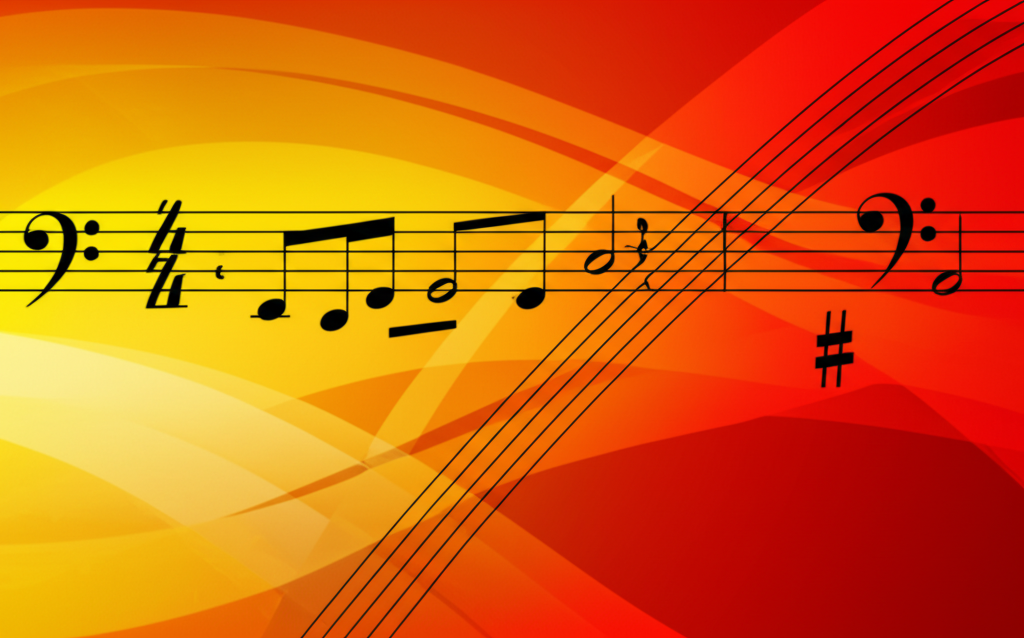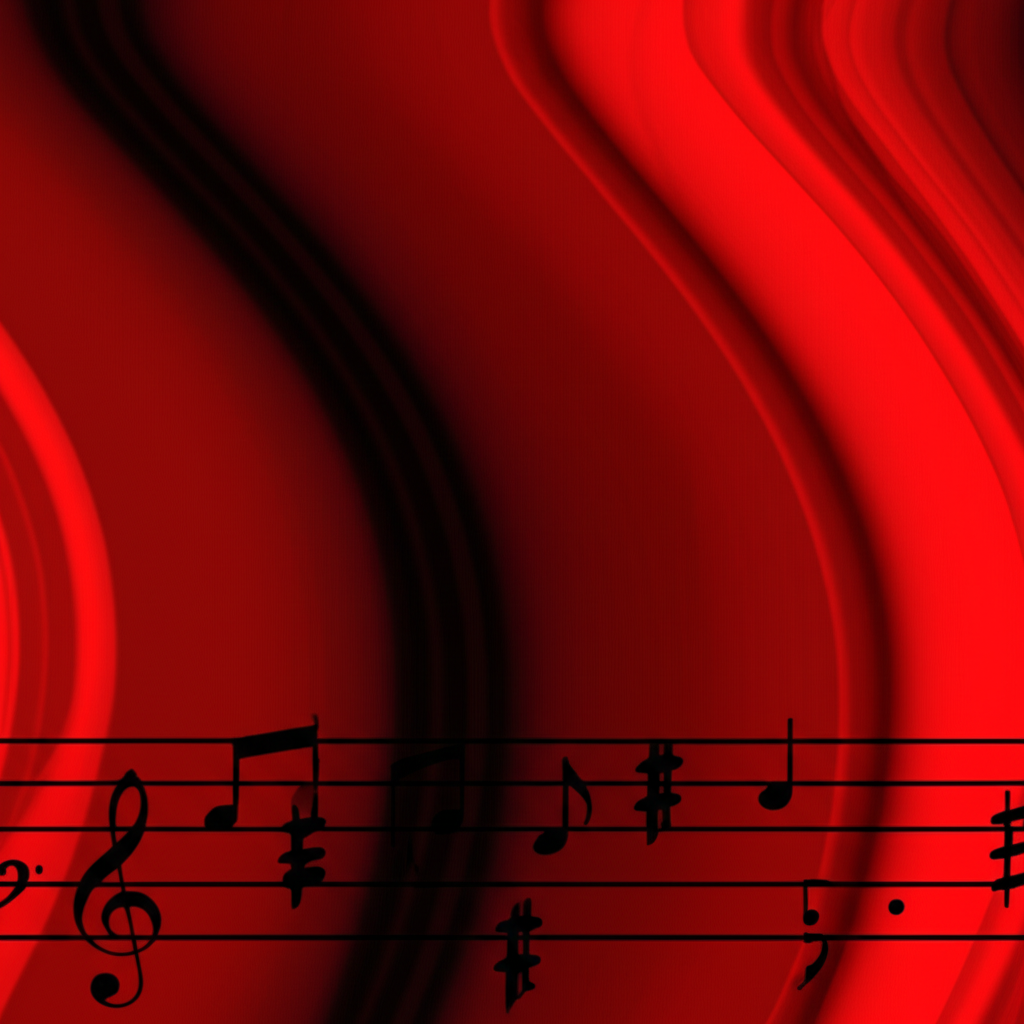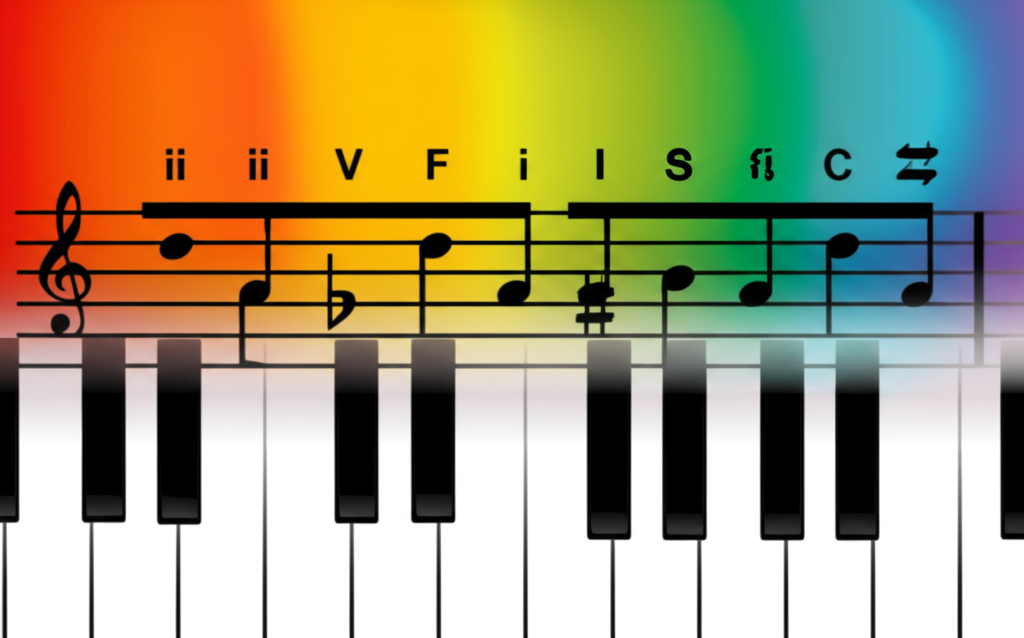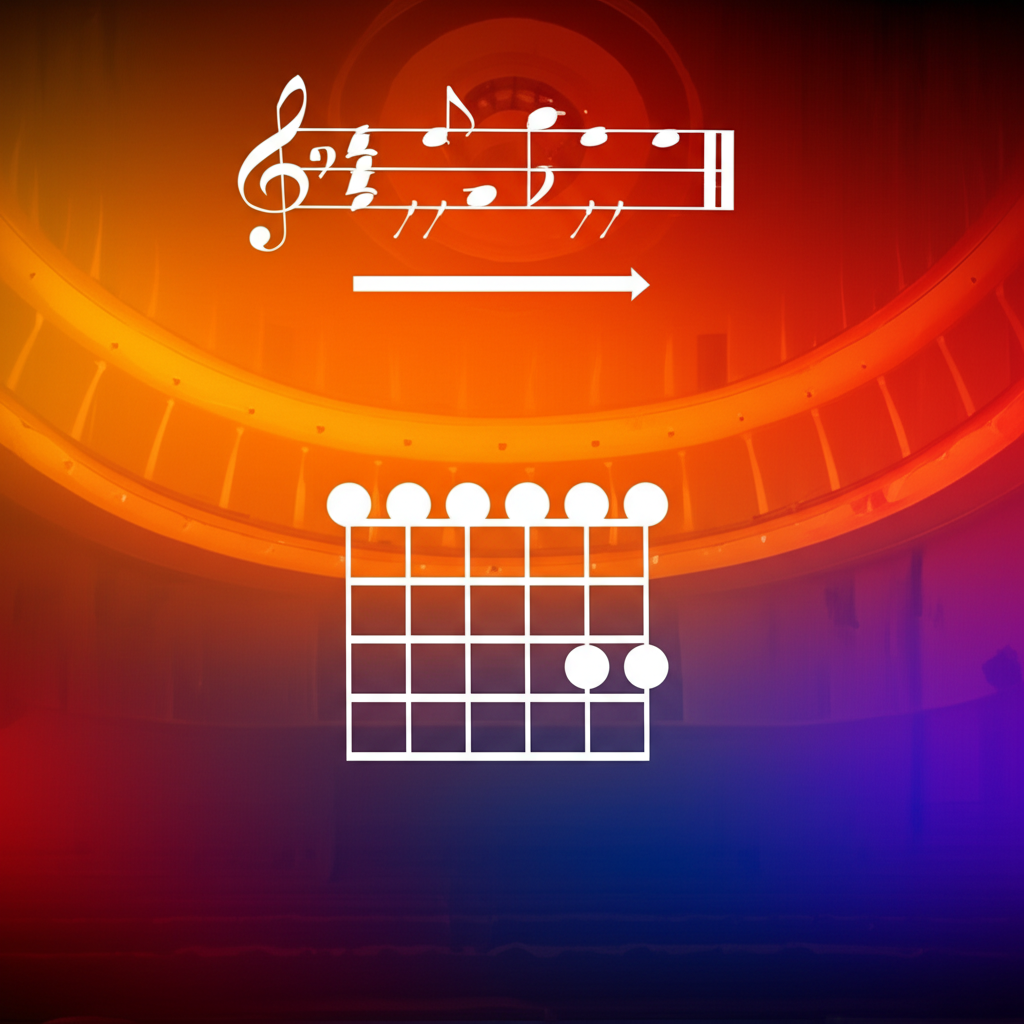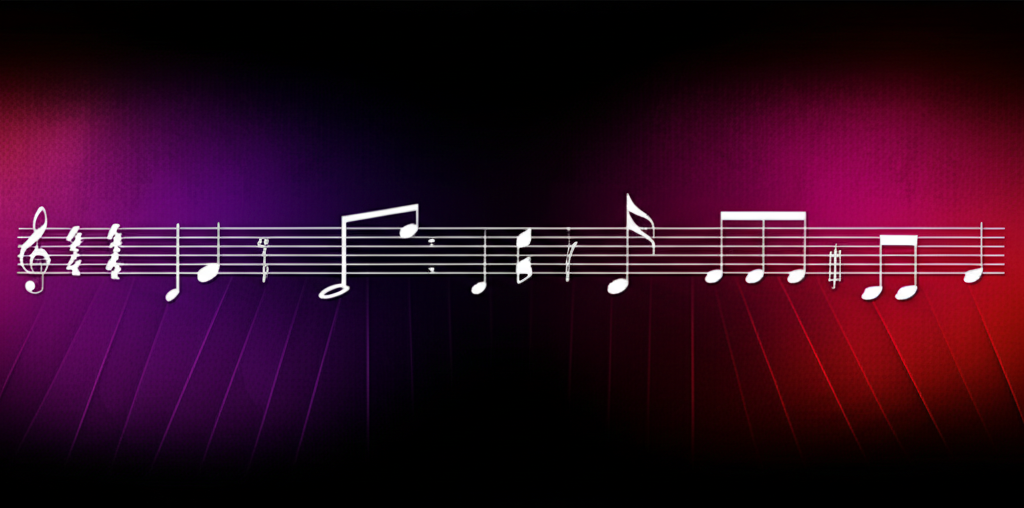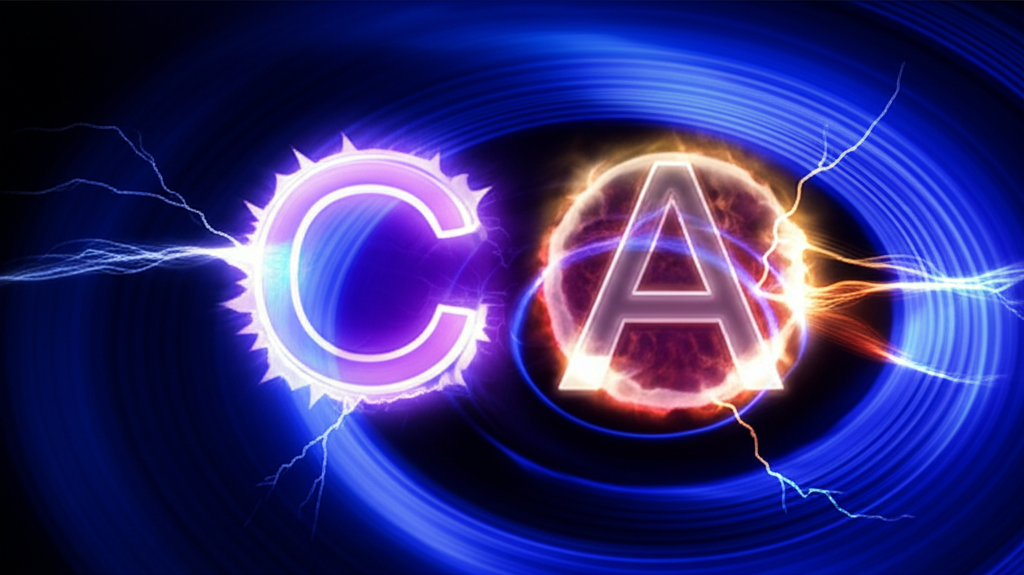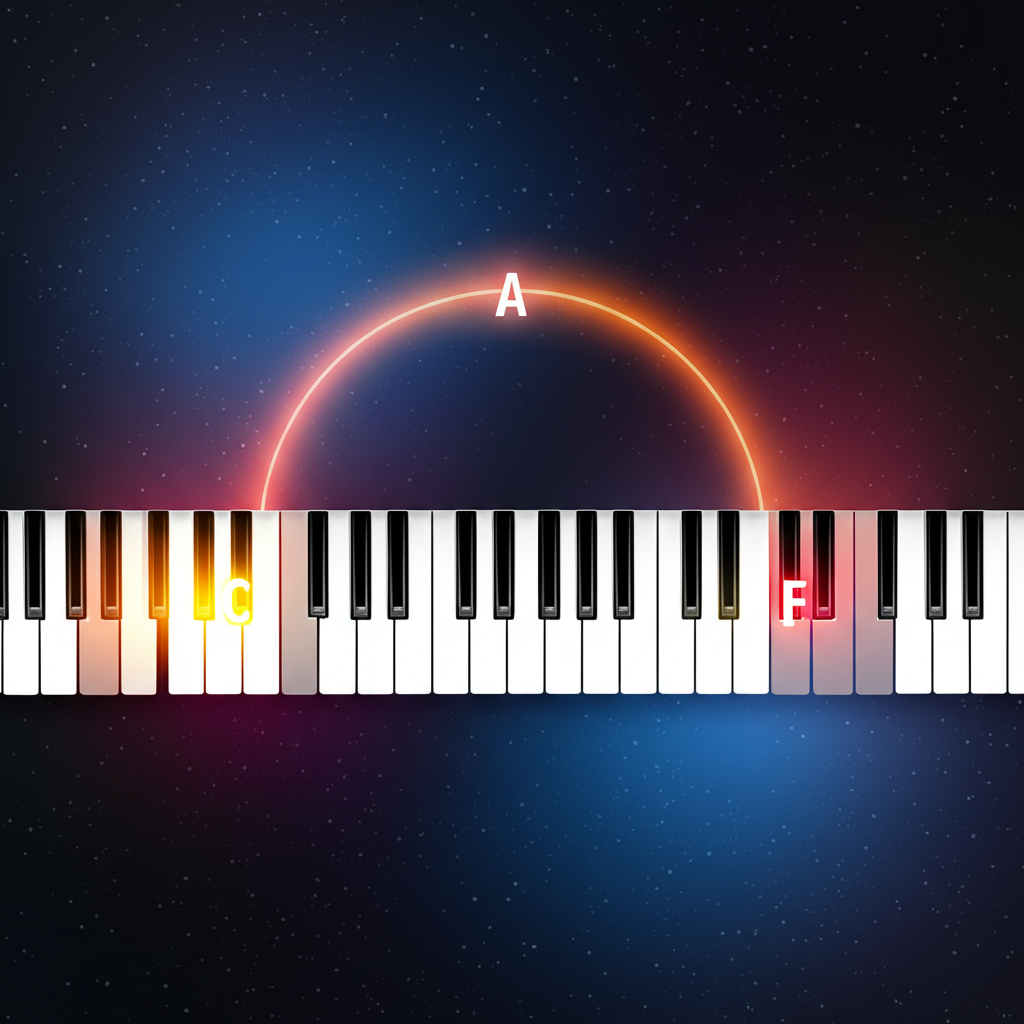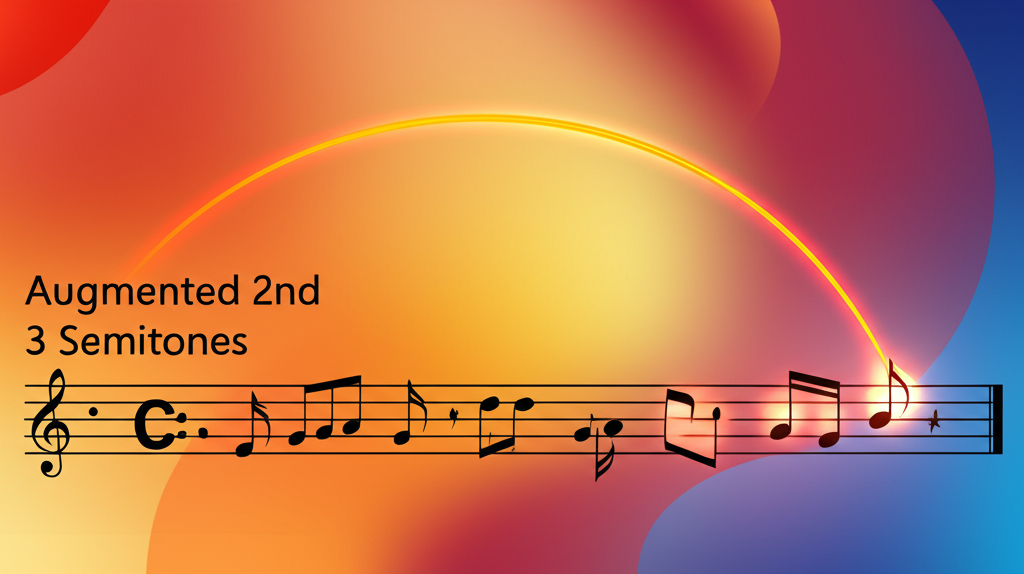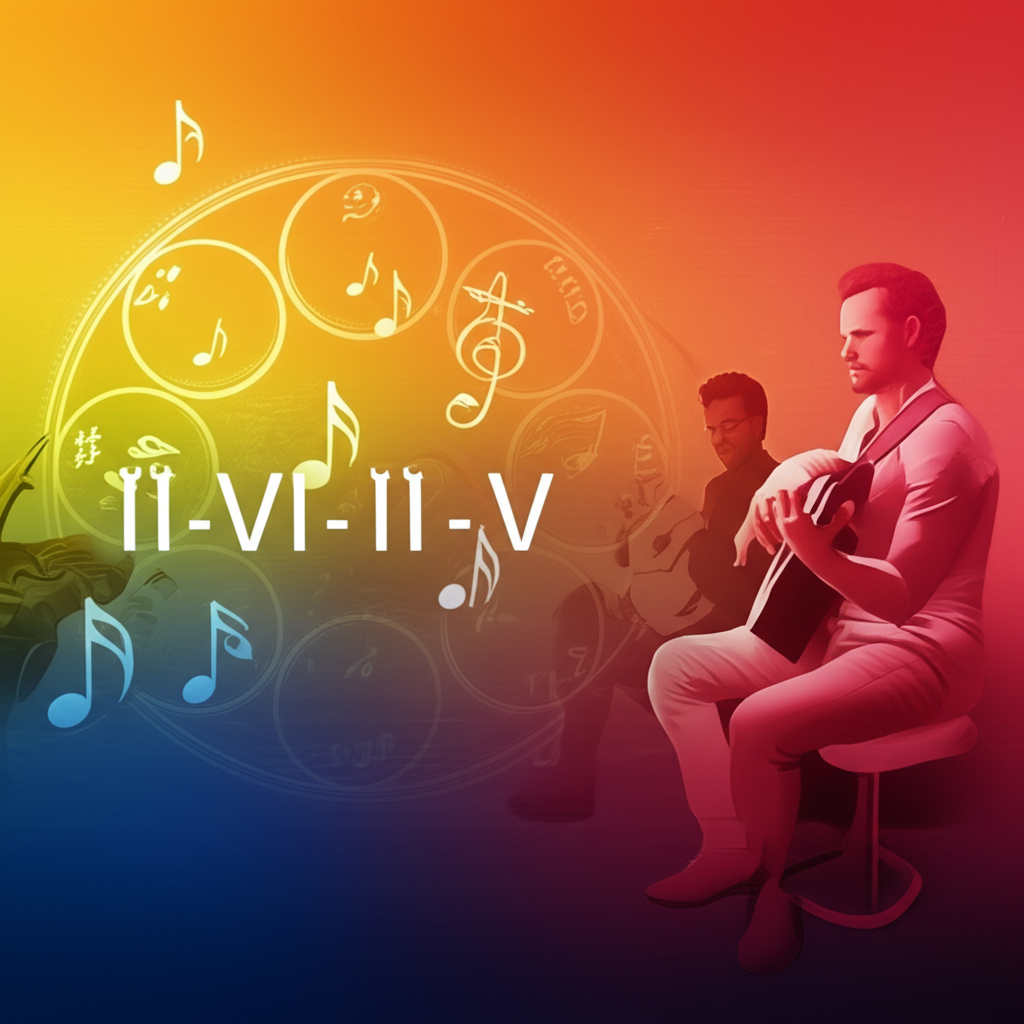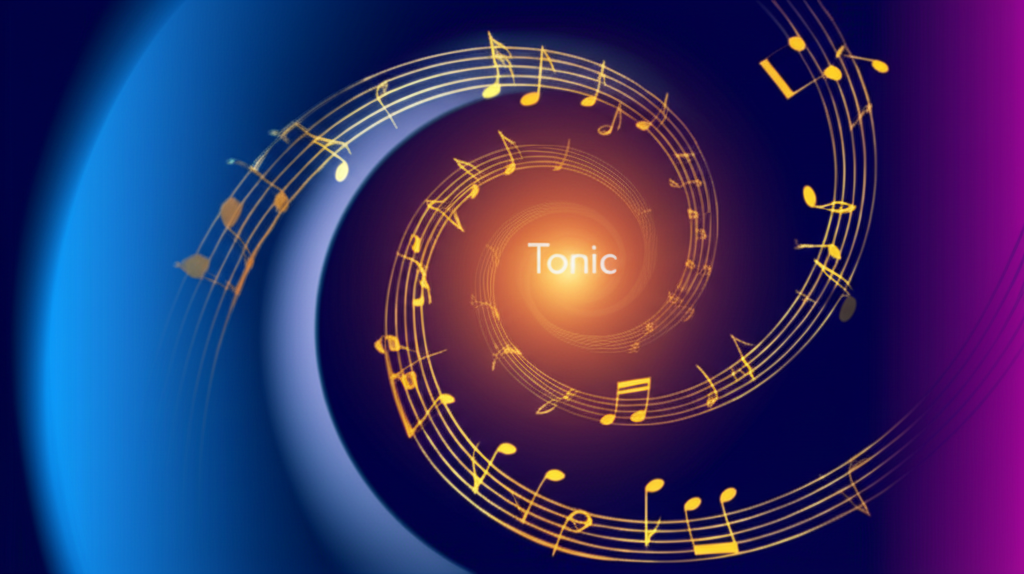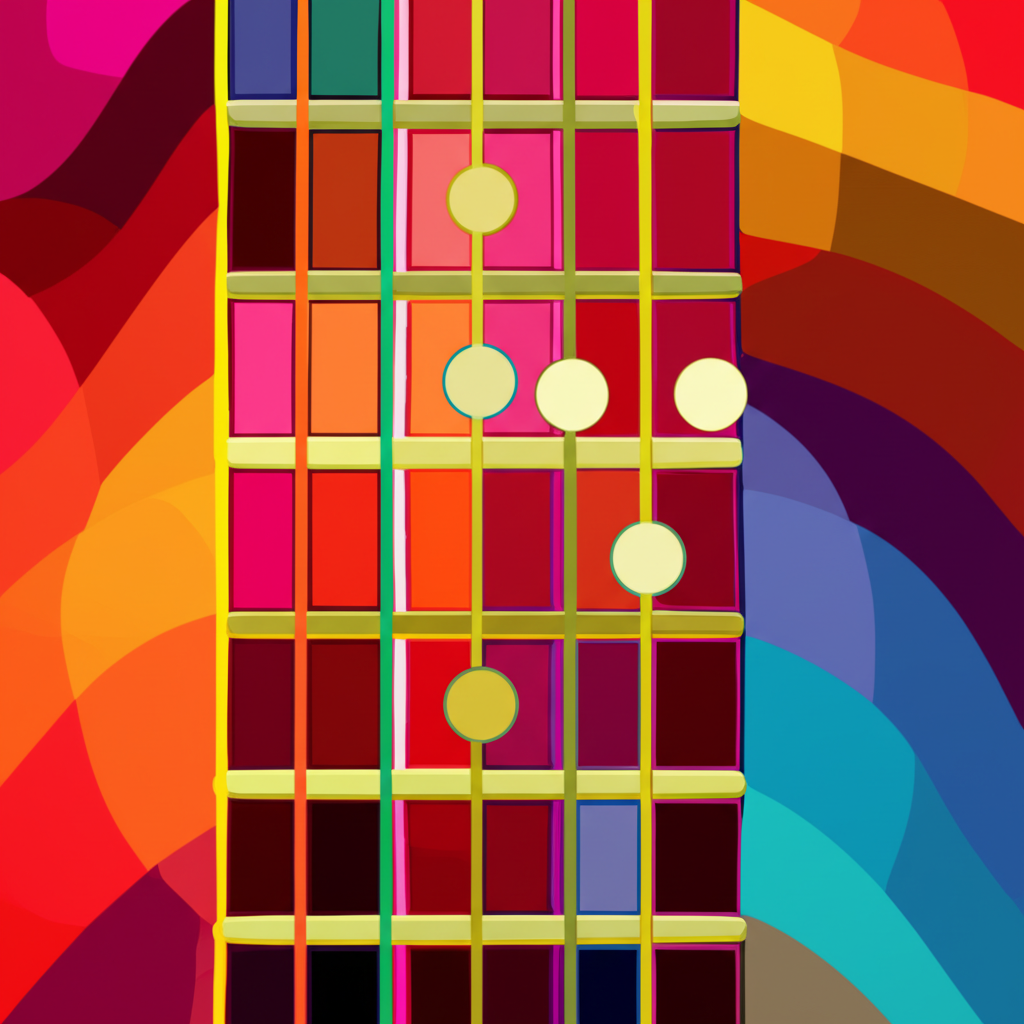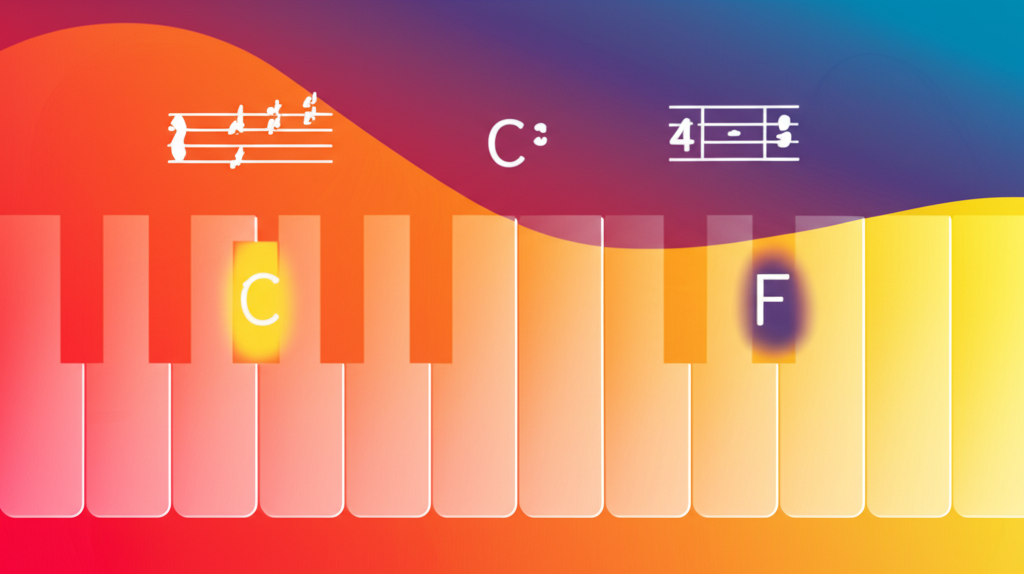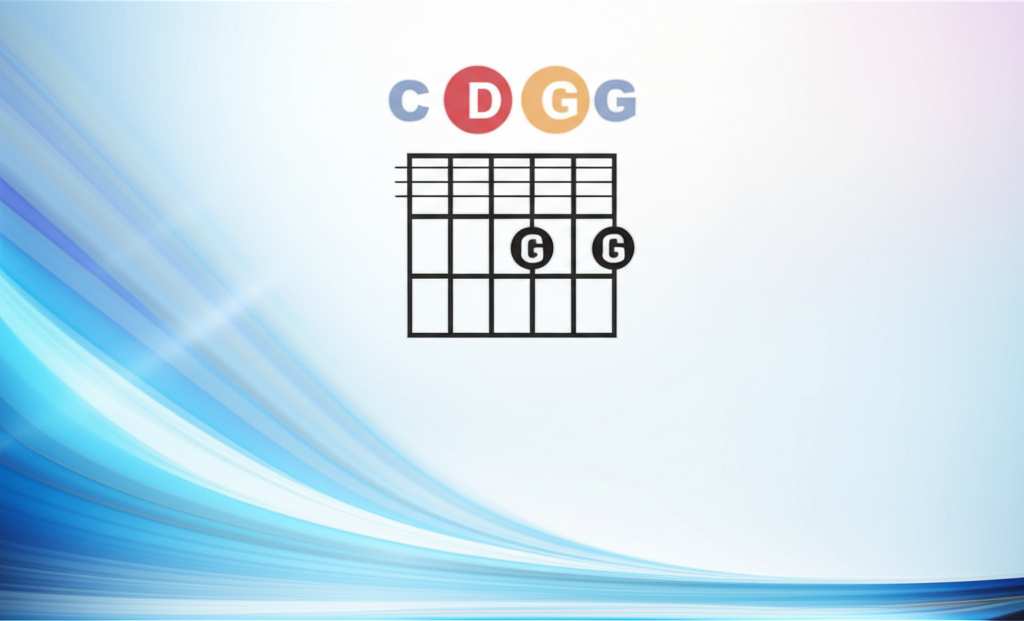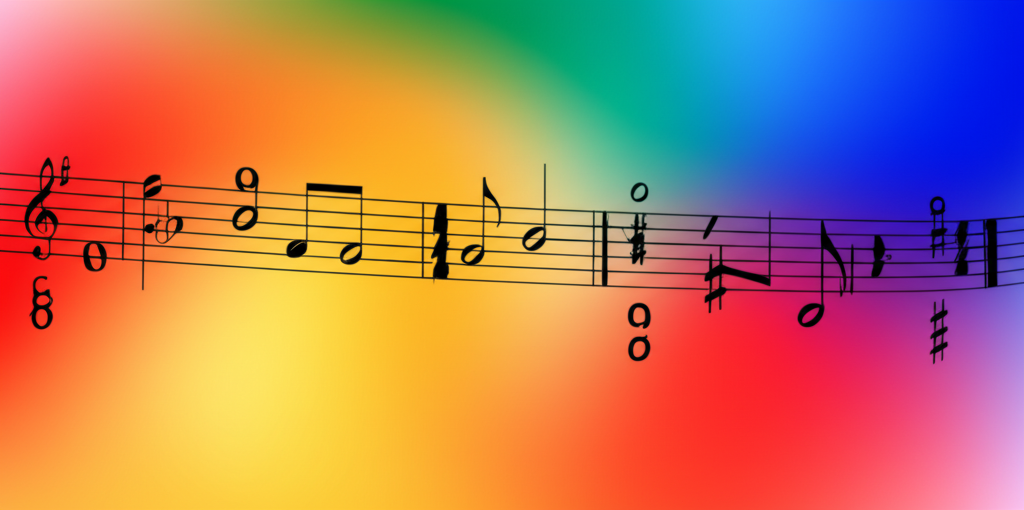
Tritone (Augmented Fourth): The Devil's Interval

b4n1
June 14, 2025, 12:53 a.m.
Tritone (Augmented Fourth): The Devil's Interval
Summary:
The tritone, spanning six semitones, is one of the most distinctive and historically controversial intervals in Western music. Known for its dissonant character and tension-seeking resolution, this interval has evolved from being banned in medieval times to becoming essential in blues, jazz, and modern harmony.
Keywords:
Tritone, augmented fourth, diminished fifth, devil's interval, diabolus in musica, dissonance, dominant seventh, blues scale, jazz harmony, resolution.
Introduction:
The tritone stands as one of the most fascinating and complex intervals in Western music theory. Spanning exactly six semitones (three whole steps), this interval has carried more historical baggage, cultural significance, and theoretical importance than perhaps any other single musical interval.
Known by various names—augmented fourth, diminished fifth, or the infamous "diabolus in musica" (devil in music)—the tritone has journeyed from medieval prohibition to modern acceptance, becoming indispensable in genres from classical harmony to blues, jazz, and contemporary music.
Structure and Measurement:
A tritone interval consists of:
- Distance: 6 semitones (half steps)
- Alternative measurement: 3 whole steps
- Frequency ratio: Approximately 45:32 or √2:1 in equal temperament
- Cents: 600 cents (exactly half an octave)
The tritone is unique among intervals because it divides the octave exactly in half. This mathematical property gives it special characteristics: it's its own inversion, and it appears at the same frequency ratio whether ascending or descending.
Examples of Tritones:
C to F♯/G♭ (6 semitones) - Augmented Fourth
F♯/G♭ to C (6 semitones) - Diminished Fifth
F to B (6 semitones) - Augmented Fourth
B to F (6 semitones) - Diminished Fifth
Examples:
C to F♯ Tritone:
Tritone in Dominant Seventh Chord:
Notación musical:
Blues Scale with Tritone:
Historical Context:
The tritone's history is filled with controversy and gradual acceptance:
- Medieval period: Labeled "diabolus in musica" and avoided in sacred music
- Renaissance: Began to be used more freely, especially in secular music
- Baroque: Became essential in dominant seventh chords and leading tone functions
- Classical/Romantic: Fully integrated into harmonic language for tension and resolution
- 20th century: Embraced in blues, jazz, and contemporary classical music
- Modern era: Fundamental to many popular music styles
The "Devil's Interval" Myth:
The tritone's reputation as the "devil's interval" has been greatly exaggerated in popular culture:
- Historical reality: Medieval theorists were concerned with practical voice leading, not supernatural associations
- Practical issues: The interval was difficult to sing accurately and resolve properly
- Gradual acceptance: As musical systems evolved, the tritone found its proper place in harmony
- Modern myth: The "satanic" association is largely a modern romanticization
Acoustic Properties:
The tritone's acoustic characteristics make it unique among intervals:
- Maximum dissonance: Creates the strongest sense of harmonic tension
- Symmetrical division: Splits the octave exactly in half
- Self-inversion: The tritone is its own inversion
- Ambiguous resolution: Can resolve in multiple directions
- Complex frequency ratio: Doesn't align well with simple harmonic ratios
Harmonic Functions:
Dominant Seventh Chords:
The tritone is the defining interval of dominant seventh chords:
- In G7 (G-B-D-F), the tritone occurs between B and F
- This tritone creates the chord's tension and drives resolution to the tonic
- The resolution pattern (B→C, F→E) defines V7-I motion
Leading Tone Function:
Tritones often involve leading tones that create strong directional pull toward resolution.
Diminished Chords:
Diminished triads and seventh chords are built largely from tritone relationships.
Tritone Resolution Patterns:
Jazz and Blues Applications:
Blues Music:
The tritone is central to blues harmony and melody:
- Blue notes: The flattened fifth creates tritone relationships
- Blues scale: Contains the tritone as a characteristic interval
- Harmonic tension: Creates the "bluesy" sound through dissonance and resolution
Jazz Harmony:
Jazz musicians extensively use tritones for:
- Tritone substitution: Replacing dominant chords with others a tritone away
- Bebop scales: Chromatic approaches often involve tritone relationships
- Complex harmony: Extended chords frequently contain multiple tritones
- Modal interchange: Borrowed chords often introduce new tritone relationships
Tritone Substitution Example:
Notación musical:
Contemporary Applications:
Rock and Metal:
Heavy music genres often emphasize tritones for their aggressive, unsettling quality.
Film Music:
Composers use tritones to create tension, suspense, or supernatural atmospheres in movie scores.
Popular Music:
Many hit songs feature tritones in melodies or chord progressions, often without listeners realizing it.
Famous Musical Examples:
The tritone appears in countless musical works:
- "Maria" from West Side Story: Opens with a prominent tritone
- "Purple Haze" by Jimi Hendrix: Built around tritone relationships
- "Black Sabbath" by Black Sabbath: Uses tritones for dark, heavy atmosphere
- Classical works: Bach, Mozart, and Beethoven all used tritones extensively
- Jazz standards: Most jazz songs contain tritone-based harmony
Theoretical Perspectives:
Augmented Fourth vs. Diminished Fifth:
While acoustically identical in equal temperament, these intervals have different harmonic functions:
- Augmented fourth: Tends to expand outward (C-F♯ resolving to D-G)
- Diminished fifth: Tends to contract inward (F♯-C resolving to G-B)
Enharmonic Equivalence:
The tritone's enharmonic spelling affects its harmonic interpretation and resolution tendencies.
Ear Training and Recognition:
Learning to recognize tritones is crucial for musicians:
- Reference songs: "Maria" or "The Simpsons Theme" for ascending tritones
- Harmonic context: Listen for tritones in dominant seventh chords
- Blues context: Identify tritones in blues scales and progressions
- Resolution patterns: Learn how tritones typically resolve
Tritone Recognition Exercise:
Psychological Effects:
The tritone creates specific psychological responses:
- Tension: Creates a strong sense of harmonic instability
- Urgency: Demands resolution, creating forward motion
- Unease: Can sound unsettling or mysterious
- Drama: Adds emotional intensity to musical passages
Composition Techniques:
Voice Leading:
Proper voice leading is crucial when using tritones:
- Augmented fourths typically resolve outward
- Diminished fifths typically resolve inward
- Both notes of the tritone usually move by step
Harmonic Rhythm:
Tritones can be used to control the pace of harmonic change and create climactic moments.
Cross-Cultural Perspectives:
Different musical traditions handle tritone-like intervals differently:
- Western classical: Highly developed tritone usage and resolution practices
- Blues tradition: Embraces tritone dissonance as expressive color
- Non-Western music: Some traditions have different approaches to similar intervals
- Contemporary music: Often uses tritones without traditional resolution requirements
Technical Considerations:
Tuning Systems:
Different tuning systems produce slightly different tritone sizes:
- Equal temperament: Exactly 600 cents
- Just intonation: Multiple possible ratios depending on context
- Pythagorean tuning: Slightly different from equal temperament
Instrumental Considerations:
Some instruments handle tritones more easily than others due to fingering patterns and acoustic properties.
Fun Facts:
- The tritone is the only interval that is exactly half an octave.
- It's the only interval that is its own inversion in equal temperament.
- The "devil's interval" reputation is largely a modern myth.
- Jazz musicians often call tritone substitution "the Flat-Five Sub."
- The tritone appears naturally in the overtone series, though much higher up than perfect intervals.
- Bernstein used the tritone in "Maria" to suggest the character's emotional uncertainty.
Common Mistakes:
- Fear of dissonance: Avoiding tritones when they could enhance expression
- Poor resolution: Not properly resolving tritone tension
- Historical misconceptions: Believing tritones were completely forbidden in medieval music
- Ignoring context: Not considering how tritones function in different harmonic settings
Practice Suggestions:
For Composers:
Experiment with tritone resolutions and explore how they can create harmonic direction in your music.
For Performers:
Practice tritone intervals and their resolutions to develop sensitivity to harmonic tension and release.
For Improvisers:
Learn to use tritones as approach tones and harmonic substitutions in your improvised lines.
Conclusions:
The tritone represents one of music's most fascinating evolutionary stories—from forbidden dissonance to indispensable harmonic tool. Its journey reflects the broader development of Western harmonic language and our changing relationship with musical tension and resolution.
Understanding the tritone is essential for anyone serious about music theory, composition, or performance. Its unique properties—maximum dissonance, symmetrical structure, and powerful resolution tendencies—make it a cornerstone of harmonic understanding across multiple musical styles.
Whether you encounter tritones in Bach chorales, blues progressions, jazz standards, or contemporary rock songs, recognizing their function and character will deepen your musical understanding and enhance your creative possibilities. The "devil's interval" has become one of music's most powerful angels.
References:
Aldwell, E., Schachter, C., & Cadwallader, A. (2018). Harmony and Voice Leading (5th ed.). Cengage Learning.
Levine, M. (2011). The Jazz Theory Book. O'Reilly Media.
Taruskin, R. (2005). Music from the Earliest Notations to the Sixteenth Century. Oxford University Press.
Evans, T. (2007). The Blues and the Devil: Satan in the Music of the American South. Journal of Popular Music Studies.
Kostka, S., & Payne, D. (2018). Tonal Harmony: With an Introduction to Post-Tonal Music (8th ed.). McGraw-Hill Education.
